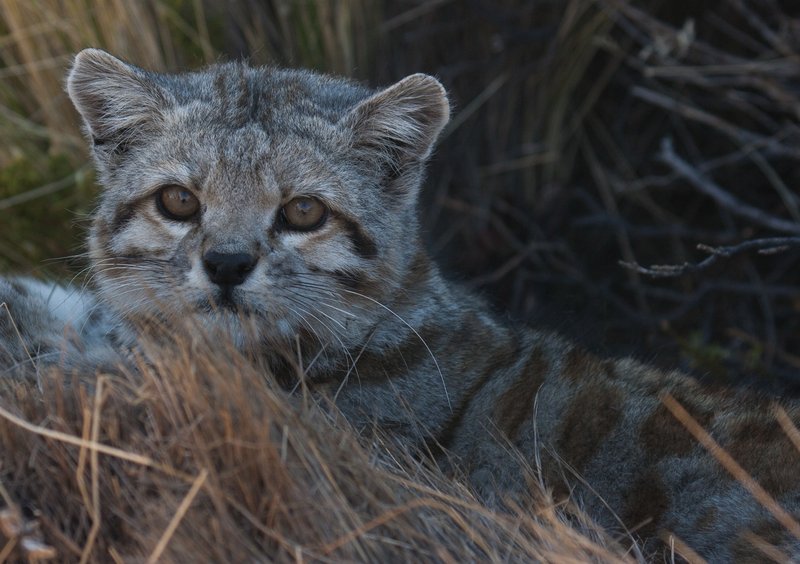
Conservation efforts aimed at protecting the Silkie are gaining momentum. With the rise of industrial farming and a shift in public interest towards more traditional livestock breeds, the Silkie is at risk of fading into the background. That’s where conservationists, farmers, and enthusiasts come together to ensure that these fluffy companions not only survive but thrive. So, let’s dive into the world of Silkies and explore what’s being done to protect these lovable birds.
Understanding the Silkie Breed
Silkies are not your average chickens. Their most striking feature is their unique feather structure, which feels like plush fur rather than typical feathers. This is due to a genetic mutation affecting feather shafts. Beyond their fluffy appearance, Silkies are known for their gentle temperament, making them popular pets. They often have friendly personalities, which makes them great companions, especially for families with children.
Another interesting fact about Silkies is their black skin and bones, which is an unusual trait among chickens. This trait, combined with their striking feathering, gives them an almost mystical appearance. Silkies are also recognized for their five toes, unlike the usual four found in most chickens. This distinct feature adds to their charm and sets them apart from other breeds.
Given their unique characteristics, Silkies have captured the hearts of many poultry enthusiasts. However, understanding their needs is essential for maintaining their health and well-being. They thrive in a warm environment and require care that might differ from more common chicken breeds, which makes conservation efforts even more critical.
Why Conservation Matters
You might be wondering, “Why do we need to protect a breed of chicken?” Well, conservation isn’t just about saving cute animals; it’s about preserving biodiversity. The decline of breeds like the Silkie can impact the overall health of poultry populations. This decline can lead to increased vulnerability to diseases, genetic bottlenecks, and reduced resilience against climate change.
Conserving the Silkie also helps keep agricultural traditions alive. These chickens represent a link to our past—an essential part of many cultures and communities. By keeping this breed thriving, we’re honoring those traditions and the rich history associated with them. Plus, when people engage with diverse breeds, they often learn more about sustainable farming practices and animal care.
Moreover, with the growing interest in backyard farming and sustainable practices, the Silkie has increasingly become a symbol of responsible pet ownership and self-sufficiency. Supporting conservation efforts means more people can enjoy raising these charming birds while contributing to a more sustainable food system.
Current Conservation Initiatives
You may be excited to know that various organizations are dedicated to the conservation of the Silkie. One prominent group is the American Livestock Breeds Conservancy (ALBC), which works tirelessly to keep rare breeds, including the Silkie, in the spotlight. They provide valuable resources and education about the importance of maintaining genetic diversity in livestock.
Local farms and poultry clubs are also stepping up to protect Silkies. Many are actively breeding them while following best practices to ensure their health and genetic diversity. These breeders often participate in shows and fairs, helping to raise awareness about the breed and its unique qualities. By showcasing the Silkie at events, they can educate the public and promote a greater appreciation for this wonderful breed.
Another exciting effort includes online communities and social media groups dedicated to Silkies. These platforms allow enthusiasts to share information, breeding tips, and experiences, creating a supportive network. Through these channels, people can learn more about the best practices in caring for Silkies and participate in breeding programs aimed at preserving the breed.
The Role of Education and Awareness
Education plays a crucial role in conservation efforts. Many people simply don’t know about the Silkie or its plight. By raising awareness through workshops, community events, and social media campaigns, organizations can highlight the importance of Silkies.
Schools and local agricultural programs can also contribute by incorporating lessons about the Silkie into their curriculums. Teaching kids about different animal breeds fosters a sense of responsibility and respect for animals. It’s essential for young people to appreciate the diversity in livestock and understand how every breed has its unique role in our ecosystem.
Moreover, enthusiasts and breeders often share their knowledge through blogs, YouTube channels, and social media. This information helps potential Silkie owners understand their care requirements, which is crucial for their well-being. When people are educated about the specific needs of Silkies, they’re more likely to provide the right environment, food, and companionship, ultimately supporting the breed’s survival.
Challenges Faced by the Silkie
Despite all the love for Silkies, they face significant challenges. One of the main issues is genetic diversity. As breeding practices become more commercialized, unique traits can be lost. When too many birds are bred from the same genetic lines, it can lead to health problems and a lack of resilience.
Another challenge is the misunderstanding of their care needs. Many new chicken owners may not realize that Silkies have specific requirements, such as a warmer climate and protection from predators. If owners aren’t adequately informed, these birds can suffer, contributing to the decline of the breed.
Additionally, competition from industrial poultry farming is a significant concern. Many people opt for common breeds that are easy to find and cheaper to raise. This trend can overshadow rare breeds like the Silkie, putting them at risk of being forgotten. Supporting local farmers and breeders who focus on raising Silkies can help combat this trend.
How You Can Help
You might feel compelled to contribute to conservation efforts for the Silkie after learning about their challenges. Fortunately, there are several ways you can help. First, consider supporting local farms that raise Silkies or participate in breeding programs. By purchasing eggs or birds from these farms, you’re directly contributing to their efforts.
Another way is to engage in educational initiatives. Sharing what you’ve learned about Silkies with your family and friends can help raise awareness. Social media is a powerful tool—consider sharing posts about Silkies or joining relevant groups. The more people know, the more likely they are to appreciate and support conservation efforts.
You could also volunteer with local poultry clubs or conservation organizations focused on rare breeds. These groups often need help with events, breeding programs, and outreach. Getting involved can be a fulfilling way to connect with others who share your passion for preserving Silkies and other unique breeds.
A Bright Future for the Silkie
There’s hope for the Silkie! Thanks to the dedicated efforts of conservationists, breeders, and enthusiasts, this charming breed is gaining more recognition. As awareness grows, more people are stepping up to ensure that Silkies continue to flourish.
When you think about it, protecting the Silkie isn’t just about saving a breed of chicken; it’s about maintaining diversity in our agricultural systems and celebrating our connection to animals. With the right support, the Silkie can thrive for generations to come, continuing to charm and delight everyone who meets them.
The next time you see a Silkie, remember the efforts behind their survival. These fluffy birds embody not just beauty but also resilience and hope. By supporting their conservation, you’re playing a part in a broader movement to protect biodiversity and promote sustainable farming practices. Honestly, isn’t that something worth clucking about?

